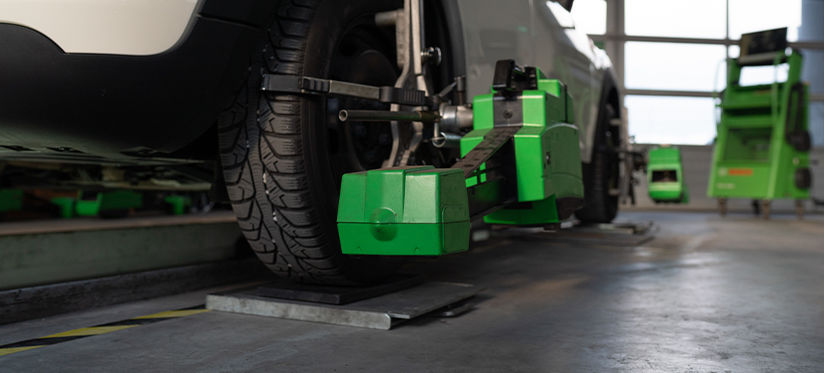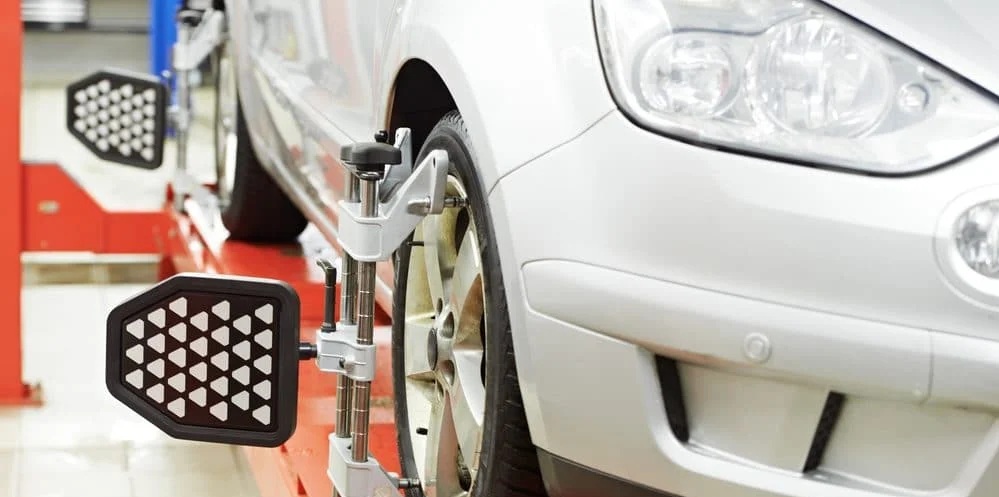Have you ever wondered why your car pulls to one side or your tires wear out unevenly? The answer often lies in your wheel alignment.
Proper wheel alignment is more than just a routine check—it’s a key factor that affects your car’s safety, fuel efficiency, and overall performance. If you want to save money on repairs, enjoy a smoother ride, and protect your tires from early damage, understanding the importance of wheel alignment is essential.
Keep reading to discover how this simple maintenance step can make a big difference for you and your vehicle.

Credit: hackmd.io
Benefits Of Proper Wheel Alignment
Proper wheel alignment keeps your vehicle running smoothly. It adjusts the angles of your wheels. This helps your car drive straight and safe.
Misaligned wheels can cause many problems. They lead to uneven tire wear and poor handling. Getting your wheels aligned regularly saves money and improves safety.
Enhanced Vehicle Safety
Correct wheel alignment makes your car easier to control. It helps prevent pulling to one side while driving. This reduces the risk of accidents.
Proper alignment also improves braking response. Your tires grip the road better, especially in wet or slippery conditions. This keeps you and others safe on the road.
Improved Fuel Efficiency
When wheels are aligned, the engine uses less power to move the car. Misalignment causes drag, which wastes fuel. Aligning wheels saves gas and reduces emissions.
- Reduces rolling resistance
- Prevents unnecessary engine strain
- Helps tires roll smoothly
Extended Tire Life
Proper alignment spreads tire wear evenly. This stops some parts of the tire from wearing out faster. You get more mileage from your tires.
| Problem | Effect on Tires |
| Misalignment | Uneven wear and early replacement |
| Proper Alignment | Even wear and longer tire life |
Signs Your Wheels Need Alignment
Proper wheel alignment keeps your vehicle running smoothly. Misaligned wheels cause problems with handling and tire wear.
Check your car often for signs that show your wheels need adjustment. Early detection can save you time and money.
Uneven Tire Wear
One of the first signs of wheel misalignment is uneven tire wear. Tires may wear faster on one side or in patches.
- Look for bald spots on the edges of tires
- Check if one tire looks more worn than the others
- Inspect tires for unusual patterns or cupping
Steering Wheel Vibration
If your steering wheel shakes or vibrates while driving, your wheels might be out of alignment. This can make driving unsafe.
| Cause | Effect on Steering |
| Wheel misalignment | Steering wheel vibrates at high speeds |
| Uneven tire wear | Steering feels loose or shaky |
| Damaged suspension | Steering wheel pulls or jerks |
Vehicle Pulling To One Side
Your car should drive straight when the steering wheel is centered. Pulling to one side means the alignment is off.
Common causes of vehicle pulling include:
- Misaligned wheels
- Unequal tire pressure
- Brake problems
How Misalignment Affects Driving
Wheel alignment is important for safe and smooth driving. When wheels are not aligned, it can cause problems on the road.
Misalignment changes how your car handles and can lead to extra damage. Knowing these effects helps you drive better and avoid costly repairs.
Reduced Handling Control
When wheels are out of alignment, your car may pull to one side. This makes it harder to steer straight.
You may notice the steering wheel feels loose or off-center. This reduces your control and increases the risk of accidents.
Increased Tire And Suspension Damage
Misaligned wheels cause uneven tire wear. Tires may wear faster on one side, shortening their life.
Suspension parts also take more stress. This can lead to costly repairs if not fixed early.
- Uneven tire wear reduces tire grip
- Suspension damage affects ride comfort
- Increased repair costs over time

Credit: shop.apollotyres.com
Quick Wheel Alignment Tips
Wheel alignment keeps your car driving straight and smooth. It also helps your tires last longer and saves fuel.
Regular checks prevent uneven tire wear and improve safety on the road. Here are some quick tips to keep your wheels aligned.
When To Schedule Alignment
Know the signs that show your car needs an alignment. These include pulling to one side or a crooked steering wheel.
- Your car pulls left or right while driving.
- Steering wheel is not centered when driving straight.
- You notice uneven tire wear.
- After hitting a large pothole or curb.
- After replacing tires or suspension parts.
Choosing A Reliable Service Center
Select a service center with trained technicians and modern alignment tools. This ensures precise and safe adjustments.
| Criteria | Why It Matters |
| Certified Technicians | Experts know how to align wheels correctly |
| Modern Equipment | Accurate readings improve alignment quality |
| Good Reviews | Shows customer satisfaction and trust |
| Warranty on Services | Protects you if alignment issues return |

Credit: formulafordlincoln.com
Frequently Asked Questions
What Is Wheel Alignment And Why Is It Important?
Wheel alignment adjusts your car’s wheels to the right angles. It improves handling and tire life.
How Often Should I Get My Wheel Alignment Checked?
Check alignment every 6,000 miles or once a year to keep your car safe and tires even.
What Are Signs My Car Needs Wheel Alignment?
Your car pulls to one side, tires wear unevenly, or steering wheel feels off-center.
Can Bad Wheel Alignment Affect Fuel Efficiency?
Yes, misaligned wheels increase tire drag, causing your car to use more fuel.
Does Wheel Alignment Improve Tire Lifespan?
Proper alignment reduces uneven tire wear, helping your tires last longer and saving money.
Conclusion
Proper wheel alignment keeps your vehicle safe and efficient. It improves tire life and saves money on replacements. Your car drives smoother and handles better on the road. Misaligned wheels cause uneven tire wear and increase fuel use. Regular checks prevent costly repairs and maintain good performance.
Small effort, big benefits. Keep your wheels aligned for a safer, smoother ride.

